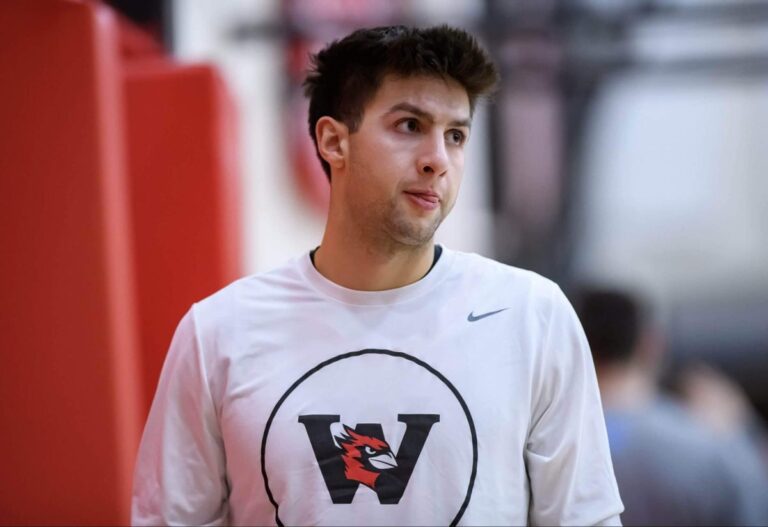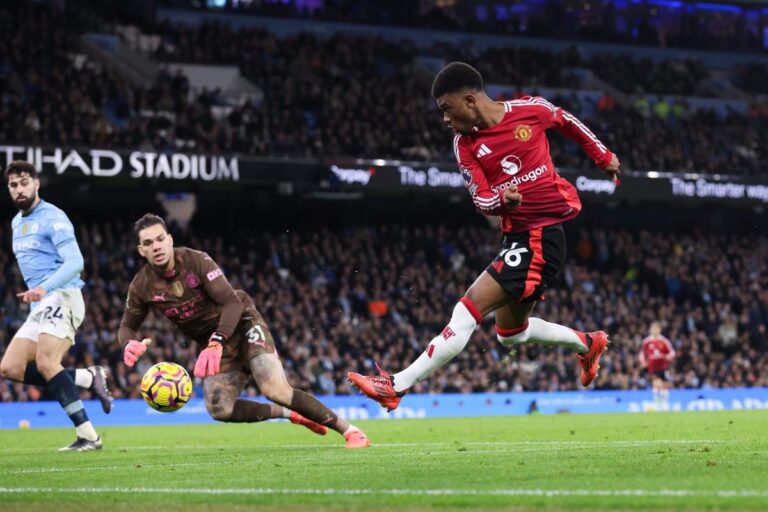Here is the plain text result:
Bruce Bennett may have been to more NHL games than anyone in history, and the 69-year-old’s house offers glimpses into the career that’s put him rinkside so many times over more than five decades.
Signed jerseys, sticks and photos of Wayne Gretzky line the living room walls, many inscribed with notes thanking Bennett for his friendship and work. There’s a model Stanley Cup. And a closet full of camera lenses, wires and other equipment.
Bennett has a lofted office over the living room. A few of his photographs hang framed on its walls. There’s a bookshelf full of hockey and photography books, as well as a plastic rat that hit him on the head when the Florida Panthers were celebrating their 2024 Stanley Cup Final win. On the bottom shelf, there’s a shot of John Tavares’ first NHL goal.
“What a shot!” the former New York Islanders captain inscribed on the photo.
Scotty Bowman coached 2,141 NHL games. Patrick Marleau played 1,779. David Poile spent 3,075 games as a general manager, though executives don’t always attend every game. Lou Lamoriello is closing in on that record with 2,868.
Bennett has photographed more than 5,000.
“I could do a game every other day through an entire season, but I’m too greedy,” Bennett says. “So if there’s four games in four nights, chances are I’m going to take all four. Don’t want to leave anything on the table.”
As of July 2, when Bennett most recently updated his statistics, he had been to 5,240 NHL games between the regular season and playoffs. Of those, 44 have been Stanley Cup deciders. If you include preseason, he’s been to 328 more. If you count all hockey games — international, PHWL, junior, exhibitions, etc. — he was up to 6,142 over the summer.
The Islanders presented him with a customized No. 5000 jersey when he reached that mark. It’s framed right above a shelf of toys for his grandchildren.
Now the director of hockey photography at Getty Images, Bennett was born in Brooklyn and grew up on Long Island. When he was in elementary school, he borrowed his father’s Kodak Instamatic to snap pictures on school field trips. “Horrible photos,” he calls them, but they sparked a passion.
He first shot a hockey game as a 17- or 18-year-old at Madison Square Garden. He didn’t have a press credential, so he took pictures from the balcony. Around the same time, he snuck into the Islanders photo box and shot the game. He mailed a few of his pictures to the Hockey News and asked if they’d be interested in using his work. The publication said yes, which got Bennett a photography credential and kicked off what has become a legendary career — one that has given Bennett a front-row seat to some of the biggest moments in hockey history.
Whether they know it or not, sports fans’ lasting memories of those seminal hockey moments are often seen through Bennett’s lens.
How does he capture them, and what are the ones that mean the most to him?
To give a sense of it, he walked The Athletic through 10 of his favorite photos, his process of creating the shots and why he values them.
The old photo boxes at Nassau Coliseum were positioned right between the penalty boxes, which allowed Bennett to capture a photo of the Detroit Red Wings’ young Steve Yzerman in 1984. It was an ideal position in many ways: He was close enough to smell the liniment on players’ skin and hear them trash talk.
There were drawbacks, too. Bennett got hit by plenty of pucks flung by players trying to get out of their defensive zone. Nowadays he shoots from the corner of rinks, where there are 4-by-5-inch holes for camera lenses.
This photo of Denis Potvin hitting Guy Lafleur is one of Bennett’s early-career favorites.
“It was one of the first best shots that I had,” he says.
He says he would have considered using it as the cover photo for his book, had it worked horizontally. It’s similar to a photo he took in the 2024 playoffs of Carolina’s Dmitry Orlov hitting the Rangers’ Jonny Brodzinski and leaving him in a similar position as Lafleur. But, he says, “Slight difference in Hall of Fame status. No offense to Jonny.”
When Bennett lectures on sports photography, he stresses the power of capturing celebration and dejection in the same frame. That’s exactly what he got when Alec Martinez scored on Henrik Lundqvist to win the 2014 Stanley Cup Final.
“It’s gold,” Bennett says. “Lundqvist was a guy who, his emotions, even with a mask and everything, you could just tell by body language.”
The Kings celebrating so close to him added to the impact of the image, which he took with a remote camera positioned in the rafters.
“I’m getting ready to be pushed out on the ice, so I’m just blindly holding that button,” he says.
More than two hours before the Rangers game Nov. 30 against Montreal, Bennett is crouched in the bowels of Madison Square Garden, attaching his camera into place at the base of the game net. His plan is to shoot the 1 p.m. Rangers game, then take a train to UBS Arena to take photos of Islanders-Buffalo Sabres in the evening.
Bennett’s proximity to multiple teams in the New York area has always allowed him to shoot lots of games, and the passion that carried him as an 18-year-old doesn’t seem to be going anywhere.
“It’s hard to walk away,” he says. “It’s like a professional athlete.”
Bennett starts his work days in his office looking at the photos Getty shooters took the night before. He’ll send out emails, some complimentary, some constructive and some sarcastic. He watches NHL Network and will download media notes for the next game he’s shooting. He’ll note which players are coming up on milestones so he’s prepared to catch the big moments.
During hockey’s summer hiatus, Bennett keeps himself busy with… photography. He enjoys going on day trips around Long Island and shooting pictures of wildlife. He has one of his favorites, an eagle in Centerpoint catching a fish, blown up and framed in his office.
Then, when the season starts up, he’s always ready to go.
“The expression a golfer would say — one great shot brings you back the next day — that’s how I feel about a hockey game,” he says. “If you’re not there, you’re not getting it.”
Source link




